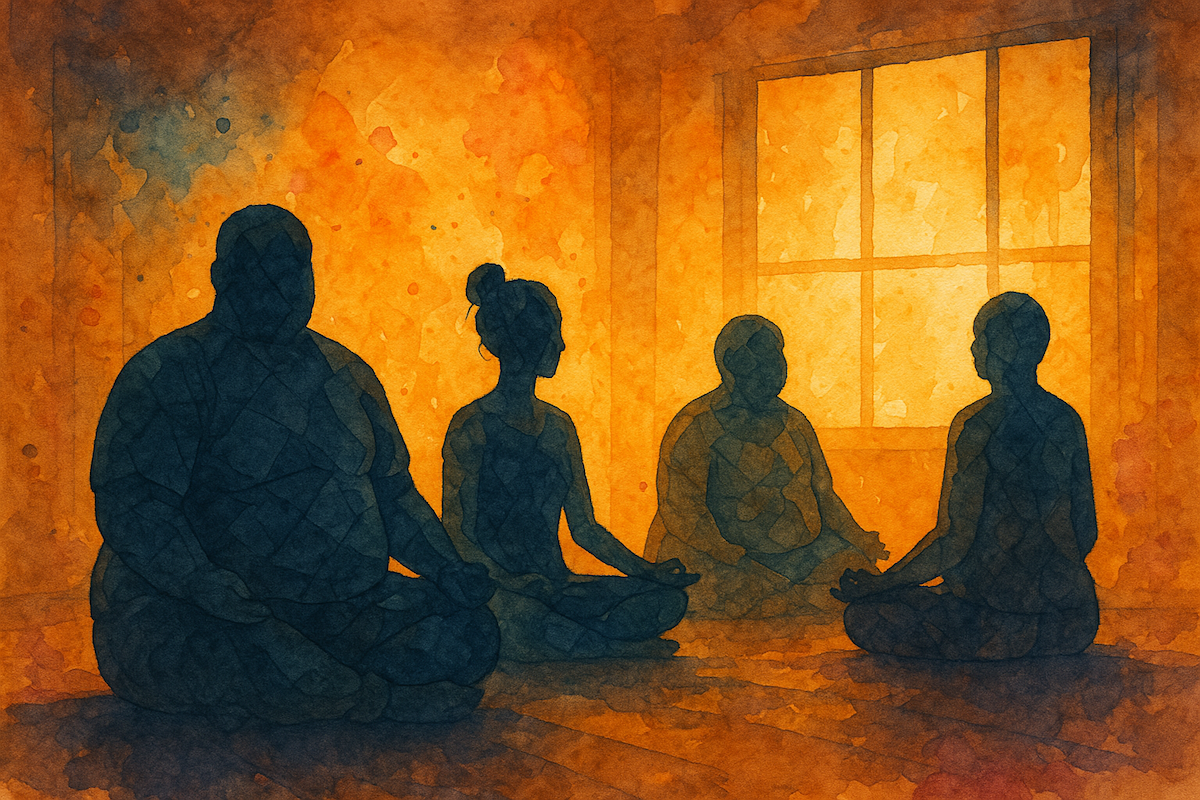What is Schizophrenia?
Schizophrenia symptoms include not seeing reality correctly and experiencing nonexistent sight and sounds. Often, schizophrenia leads to false, delusional beliefs about oneself or another because it interferes with one’s behavior, thinking, and feeling. People with schizophrenia may struggle with focusing, controlling emotions, decision-making, and having frequent motivations. These symptoms can lead to unusual anxiety, emotionlessness, or avoiding social situations.
It is unknown what causes schizophrenia. Genetics, brain chemistry and structure, stress, and psychoactive drugs, such as LSD, may influence the development of the disorder. Changes in body chemistry may also play a role during puberty.
Certain viruses (influenza and rubella) can cause brain development problems in fetuses that can cause schizophrenia. Genital or reproductive infections in the mother during conception may raise the chance of a child getting schizophrenia later in life.
What is Schizoaffective Disorder?
It is common for schizophrenic symptoms to be mistaken for those of schizoaffective disorder, leading to a wrong diagnosis. People with this mental disorder have delusions and disorganized thinking, and delusions, and differ from those with schizophrenia.
- We consider individuals who experience major depression without mania as depressive types.
- An individual with bipolar disorder experiences periods of depression and mania.
A difference between schizoaffective disorder and schizophrenia is the presence of mood and thought disorder symptoms. Two variants of schizoaffective disorder characterize symptoms of a mood disorder.
A person with schizoaffective disorder experiences symptoms of mood disorders for an extended period, unlike someone with schizophrenia. Furthermore, psychotic symptoms occur in shorter episodes than those associated with schizophrenia. Despite their similarity, each condition requires specialized attention and treatment.
Signs & Symptoms of Schizophrenia
The symptoms of schizophrenia and schizoaffective disorder overlap with other mental illnesses (such as depression or bipolar disorder). Since symptoms overlap, mental health professionals rely on symptoms that persist for a minimum of six months to make a diagnosis. People living with Schizophrenia can suffer episodic signs or long-term symptoms. Each individual will experience symptoms differently, but common symptoms include:
- Hallucinations
- Delusions
- Unorganized thinking – someone may jump from topic to topic or give unrelated answers.
- A feeling of sadness, worthlessness, or emptiness
- Symptoms of mania include feelings of euphoria, racing thoughts, and increased risky behavior
Schizoaffective Disorder: What Causes It?
Despite medical advances, schizoaffective disorder’s exact cause remains a mystery. Many recognize, however, that genetics and the environment can affect someone’s condition. The following are some of the most common factors:
- Structure and chemistry of the brain
- Trauma and stress
- Abuse of drugs
- Genetics
Schizoaffective Disorder and Substance Use Disorder
People with mental health disorders, like schizophrenia, often struggle with co-occurring substance use disorders. Without a diagnosis or comprehensive treatment, people with mental health disorders commonly turn to addictive substances.
Those with depressive-type schizoaffective disorder may use stimulants to lift their moods or distract themselves from complex thoughts. It is possible, however, to become dependent on addictive substances and develop an addiction to them. Clients will learn healthier ways to manage mental health symptoms at a comprehensive mental health and substance use disorder facility.
Schizophrenia & Schizoaffective Disorder Treatment
Neuroleptic drugs usually help with hallucinations and delusions in a few weeks for people with schizophrenia or schizoaffective disorder. Despite medication, some people may still experience symptoms.
STR Behavioral Health helps schizophrenia and schizoaffective clients with the best and newest treatments, always focusing on each client’s needs. We assist clients in overcoming stress and gaining independence. We achieve this by creating personalized treatment plans. These plans aim to reintegrate clients into their daily lives and improve their overall functioning.


